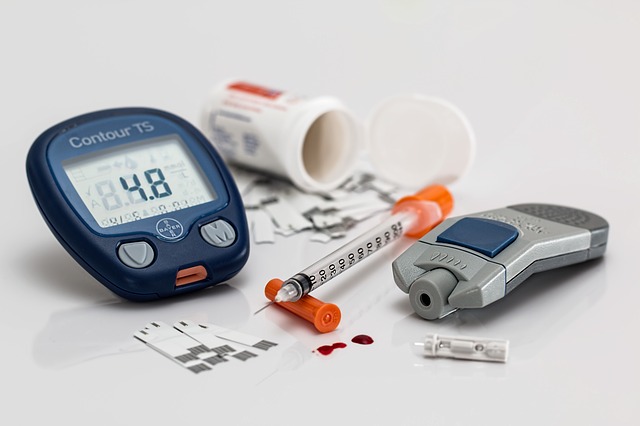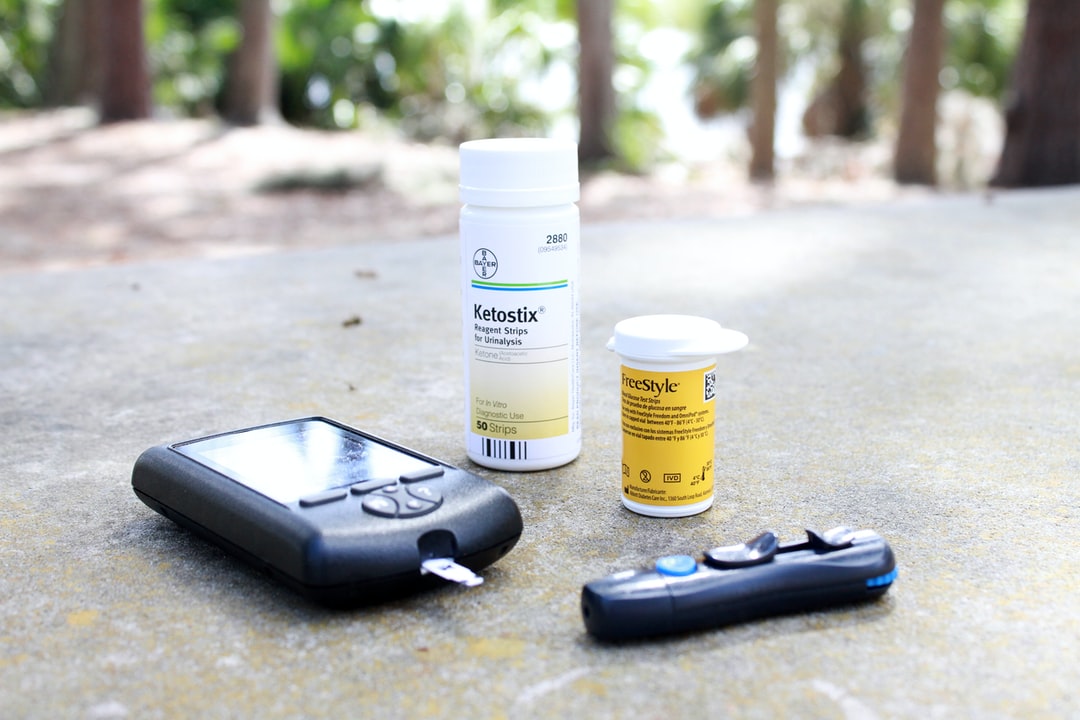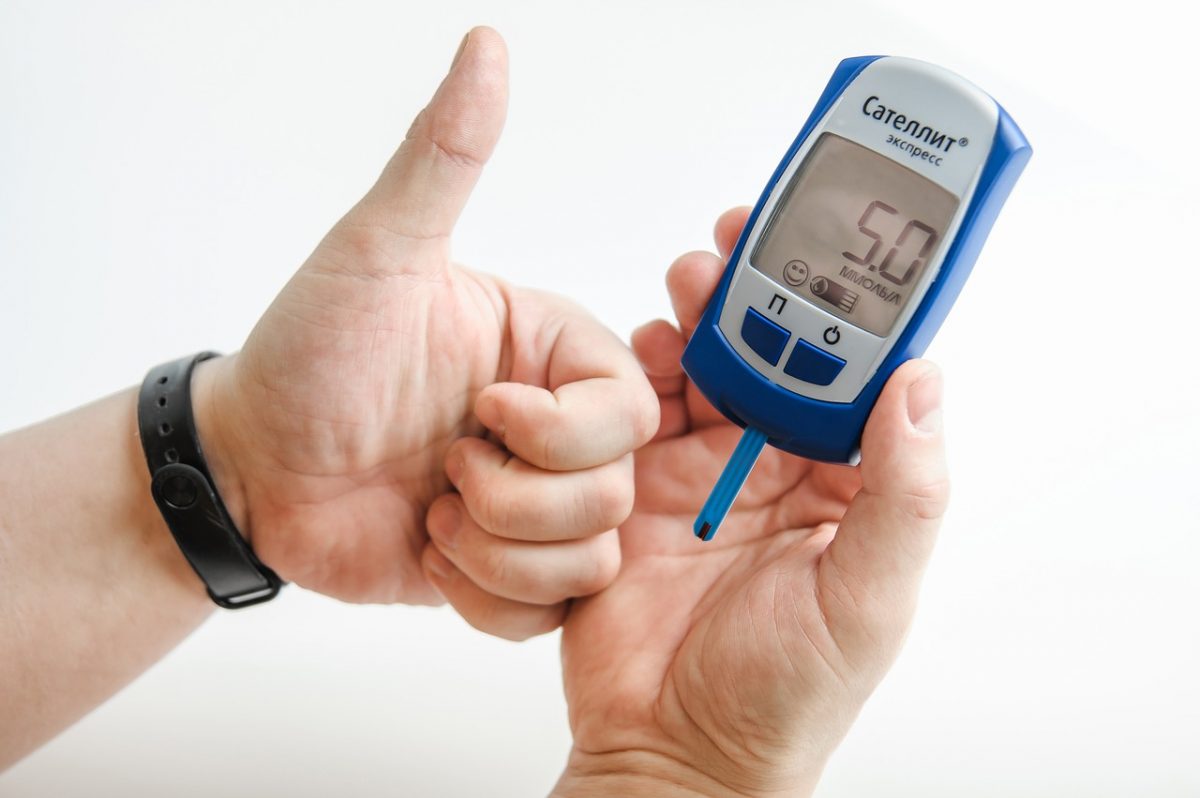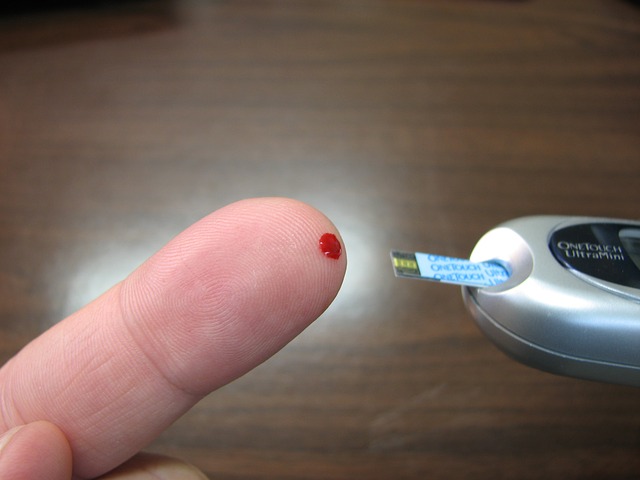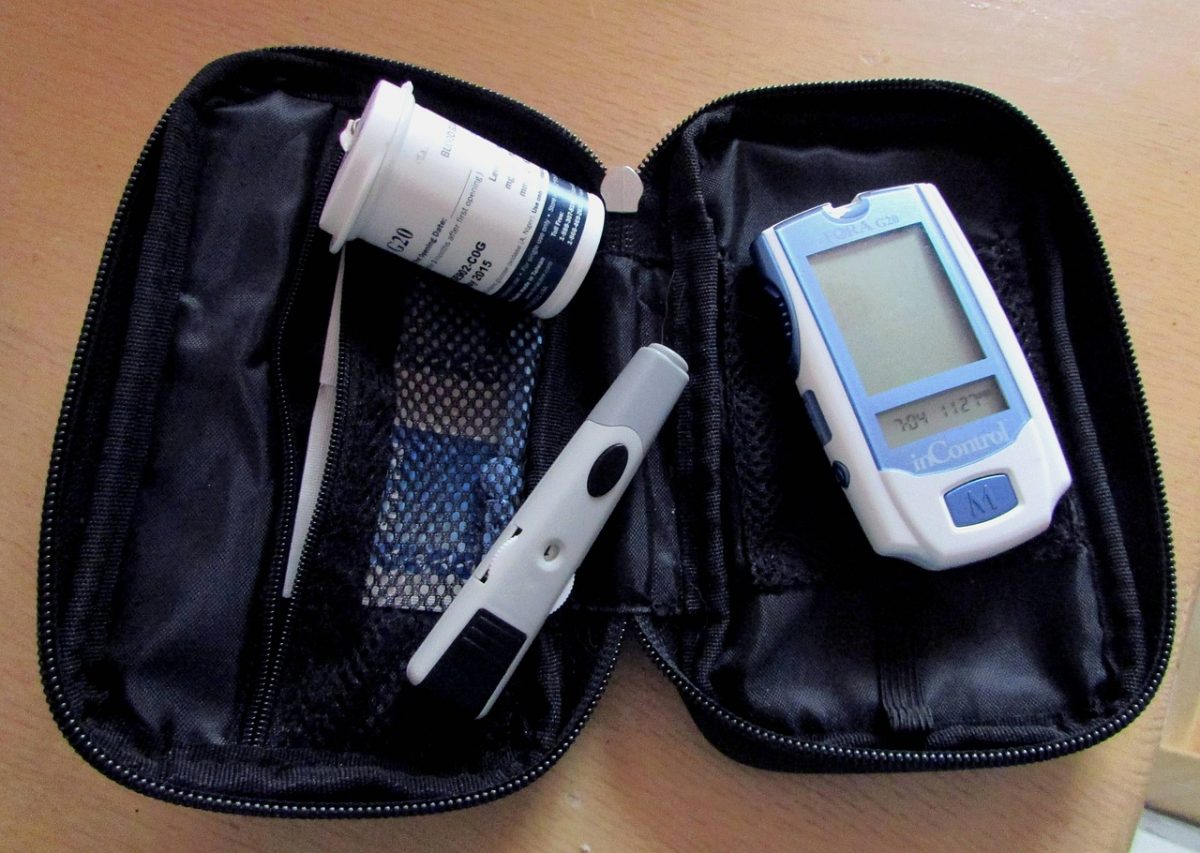People with diabetes rely on accurate readings from their glucose test strips and meters to effectively manage their disease. All test strips and meters must meet minimum standards for reliability and accuracy. However, a higher priced glucose test strip doesn’t automatically translate into greater accuracy.
A controversy over test strips has raged for years as some have been proven to be more accurate than others. However, it’s not just the test strips that have to be considered. The meters also figure highly into the equation. Some meters and test strips haven’t been re-evaluated or tested for accuracy since first being approved by the FDA.
The introduction of continuous glucose monitors (CGMs) that use a sticky sensor applied to the body and read by phones, is gaining popularity and widely used by many diabetics. However, the cost can be prohibitive and there are millions of people that are still pricking their fingers and using glucose test strips and monitors.
The Diabetes Technology Society, a non-profit organization based in California, compared 18 popular glucose meters and test strips for accuracy. The gold-standard is a meter and test strip combination that yields blood glucose readings within 15 percent of laboratory values of at least 95 percent. Only 6 passed the organization’s accuracy tests:
- Bayer Contour Next, 100 percent
- Roche Accu-Chek Aviva Plus, 98 percent
- Walmart ReliOn Confirm from Arkray, 97 percent
- CVS Advanced from Agamatrix 97 percent
- Abbott FreeStyle Lite, 96 percent
- Roche Accu-Chek SmartView, 95 percent
The cost of both the test strips and meter should factor into the decision as to which meter/test strip combination to purchase. Another consideration is if the meter and test strips are covered by insurance, along with any applicable co-pays. Use care when selecting the meter/test strip combo. There are multiple options from each brand and the cost of test strips will be an ongoing expense.
If you would like to find out about earning cash for your unwanted, unused and boxed test strips, complete our online quote form today.
If you have extra, unopened and unused boxes of diabetic test strips – whether you have switched brands, no longer need to test or test less frequently, or have a loved one who has passed away – don’t let them gather dust until they’ve expired and end up in the trash. We’re the best place to sell diabetic test strips online, and if you want to sell your test strips, we’re here to make the process easy and enjoyable!
Visit us at Sell Your Test Strips and get your free quote today!

